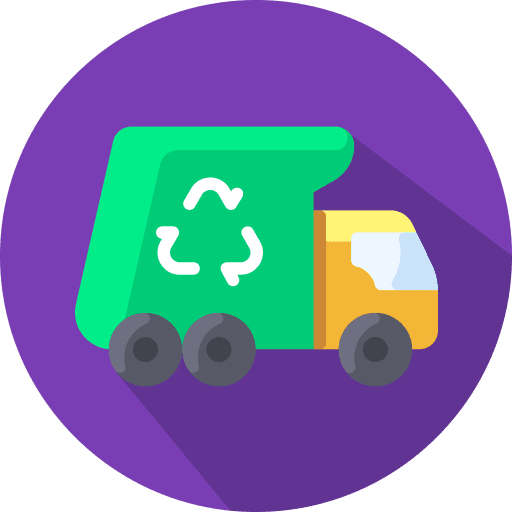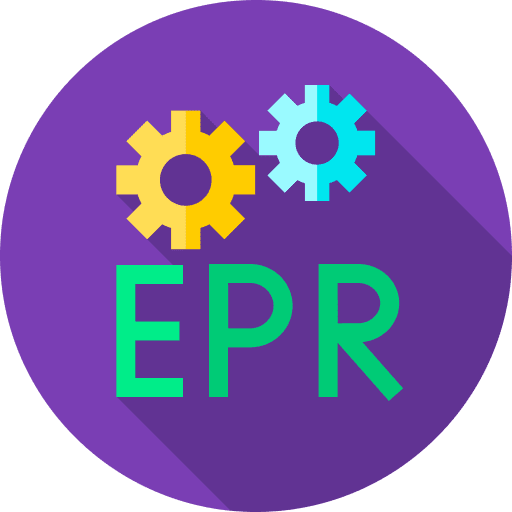Over the years, electronic gadgets have become an integral part of our daily lives, but their disposal poses a significant threat to the environment. Proper management of e-waste is crucial to mitigate the hazardous impact it can have on our planet. In this blog post, we will discuss EPR certification and fulfillment tips to help you navigate the complex world of electronic waste disposal. For a comprehensive guide on The Essential Guide to EPR Registration for E-waste Management, follow the link.
Key Takeaways:
- EPR certification: It is crucial to comply with Extended Producer Responsibility (EPR) regulations to manage electronic gadgets waste efficiently and responsibly.
- Proper fulfillment tips: Implementing proper fulfillment strategies such as setting up collection centers, partnering with certified recyclers, and providing end-of-life solutions can help in managing electronic waste effectively.
- Importance of EPR: EPR certifications ensure that producers take responsibility for managing their products through their entire lifecycle, from production to recycling, reducing environmental impact and promoting sustainability.
Understanding EPR Certification
You Extended Producer Responsibility, Process is crucial in today's world to address the growing concern of electronic waste and its environmental impact.
What is EPR Certification?
Certification is a process that verifies a company's compliance with Extended Producer Responsibility regulations. It ensures that producers take responsibility for the entire lifecycle of their products, including collection, recycling, and disposal.
Certification also helps consumers identify environmentally responsible products and encourages producers to adopt sustainable practices in product design and end-of-life management.
The Role of EPR in Waste Management
Role of EPR in waste management is to shift the responsibility of managing electronic waste from the government to the producers. This incentivizes producers to design products that are more easily recyclable and to establish collection and recycling programs to reduce the environmental impact of their products.
Certification plays a crucial role in ensuring that producers fulfill their obligations under EPR regulations and contribute to a more sustainable approach to waste management, ultimately leading to a cleaner environment and healthier communities.
Strategies for Fulfilling EPR Obligations
Developing an Effective EPR Plan
Some electronics producers can struggle with fulfilling their Extended Producer Responsibility (EPR) obligations efficiently. To address this, it is crucial to develop an effective EPR plan that outlines clear objectives, responsibilities, and timelines for managing electronic waste.
Implementing Waste Collection and Recycling Processes
Fulfilling EPR obligations also involves implementing efficient waste collection and recycling processes. This includes setting up collection points, partnering with certified recycling facilities, and ensuring proper disposal of electronic gadgets. By establishing these processes, producers can ensure compliance while contributing to a sustainable waste management system.
With the implementation of proper waste collection and recycling processes, producers can mitigate the environmental impact of electronic waste. Efficient recycling can help prevent the release of harmful substances into the environment, reduce landfill waste, and promote the circular economy by recovering valuable resources from electronic gadgets.

Overcoming Challenges in EPR Fulfillment
Unlike many other regulatory compliance initiatives, Extended Producer Responsibility (EPR) programs present unique challenges in fulfillment and execution. To navigate this complex landscape successfully, companies must proactively address logistical hurdles and engage stakeholders effectively.
Addressing Logistical Issues
With the ever-evolving landscape of EPR regulations, companies must stay informed and adapt to changes swiftly. Having a robust system in place to track, collect, and report electronic waste is paramount. Organizations need to invest in efficient reverse logistics processes that ensure products are collected and recycled responsibly. Implementing a traceability system can help in monitoring the entire waste management chain and ensuring compliance with EPR requirements. The REGULATORY COMPLIANCE BULLETIN (Newsletter) can provide valuable insights into the latest developments and best practices in navigating logistical challenges.
Engaging Stakeholders and Raising Awareness
Awareness among stakeholders is crucial in ensuring the success of EPR programs. Companies need to engage with consumers, government agencies, recycling facilities, and industry partners to foster a culture of responsible electronic waste management. By collaborating with stakeholders and fostering partnerships, businesses can create a more sustainable approach towards product end-of-life management. This collaborative effort can lead to a more efficient collection and recycling process, ultimately benefiting the environment and society as a whole.
This collaborative effort can lead to a more efficient collection and recycling process, ultimately benefiting the environment and society as a whole.
Advanced Practices in E-Waste Management
All electronic gadgets eventually reach the end of their lifecycle, leading to the generation of electronic waste. It's crucial to adopt advanced practices in managing e-waste to minimize its environmental impact and maximize resource recovery. Here are some advanced practices to consider:
- Innovation and Technology in E-Waste Recycling
- An area of significant development in e-waste management is the innovation and use of technology in the recycling process. Technologies such as robotics, artificial intelligence, and automated sorting systems are revolutionizing e-waste recycling, making it more efficient and effective.
- Policy and Regulatory Trends Shaping E-Waste Management
- Shaping a sustainable e-waste management system relies heavily on policy and regulations. Governments worldwide are implementing laws to ensure proper disposal and recycling of electronics. These regulations aim to reduce the environmental impact of e-waste and promote a circular economy.
Policy and regulatory trends play a crucial role in shaping the future of e-waste management. Regulations such as Extended Producer Responsibility (EPR) and mandatory e-waste collection targets are driving manufacturers to take responsibility for their products throughout their lifecycle. These policies aim to reduce the hazardous components in electronics, promote recycling, and increase transparency in the electronics supply chain. By enforcing strict regulations, governments can effectively mitigate the environmental and health risks associated with improper e-waste disposal.
To wrap up
Following this guide on managing electronic gadgets waste with EPR certification and fulfillment tips will help businesses ensure compliance with environmental regulations and responsible recycling practices. By implementing these strategies, companies can reduce their environmental impact, protect their brand reputation, and contribute to a more sustainable future. Prioritizing EPR certification and fulfillment is not only a legal obligation but also a moral responsibility that all organizations should uphold.
FAQ
Q: What is EPR Certification for managing electronic gadgets waste?
A: EPR (Extended Producer Responsibility) Certification is a system that holds manufacturers responsible for the proper disposal and recycling of electronic gadgets they produce to reduce the environmental impact of electronic waste.
Q: Why is EPR Certification important for managing electronic gadgets waste?
A: EPR Certification is crucial for managing electronic gadgets waste as it ensures that manufacturers take responsibility for their products throughout their entire lifecycle, leading to better recycling practices and reduced environmental pollution.
Q: How can companies achieve EPR Certification for electronic gadgets waste management?
A: Companies can achieve EPR Certification by complying with relevant regulations, implementing efficient collection and recycling processes, maintaining accurate records, and undergoing audits to verify compliance.
Q: What are the benefits of obtaining EPR Certification for managing electronic gadgets waste?
A: The benefits of obtaining EPR Certification include improved corporate reputation, reduced environmental impact, legal compliance, cost savings through efficient waste management practices, and fostering a culture of sustainability within the organization.
Q: What tips can help companies fulfill EPR Certification requirements for electronic gadgets waste management?
A: Companies can fulfill EPR Certification requirements by conducting regular training for staff on proper waste handling practices, partnering with certified recycling facilities, implementing a product take-back program, promoting awareness among consumers about responsible disposal, and continuously improving waste management processes to meet sustainability goals.




